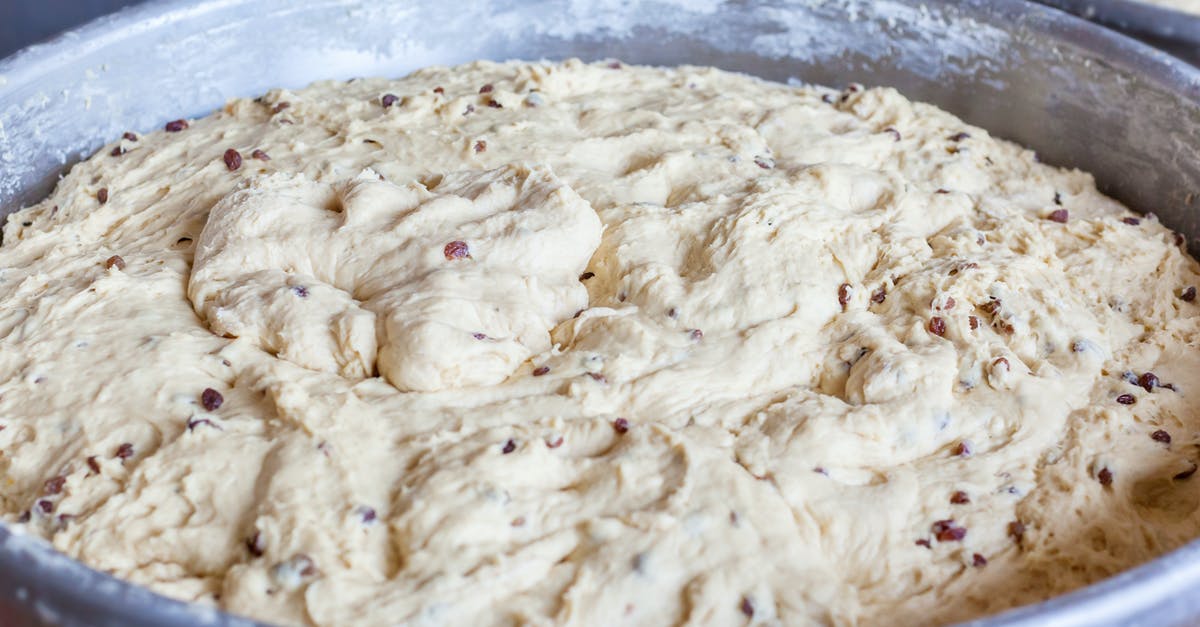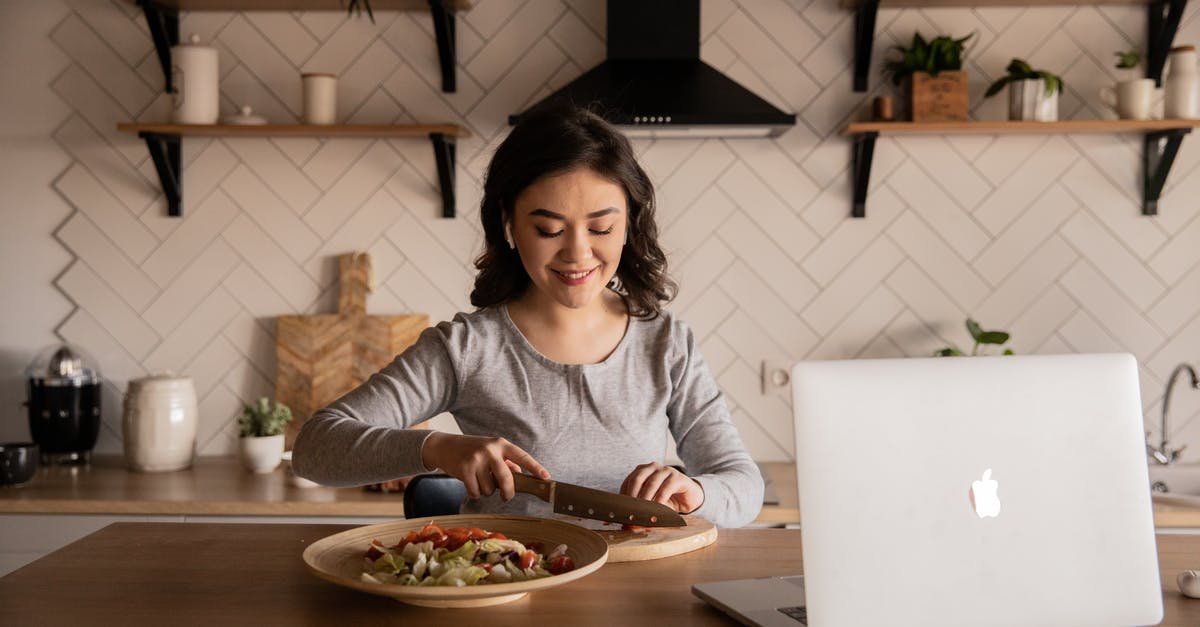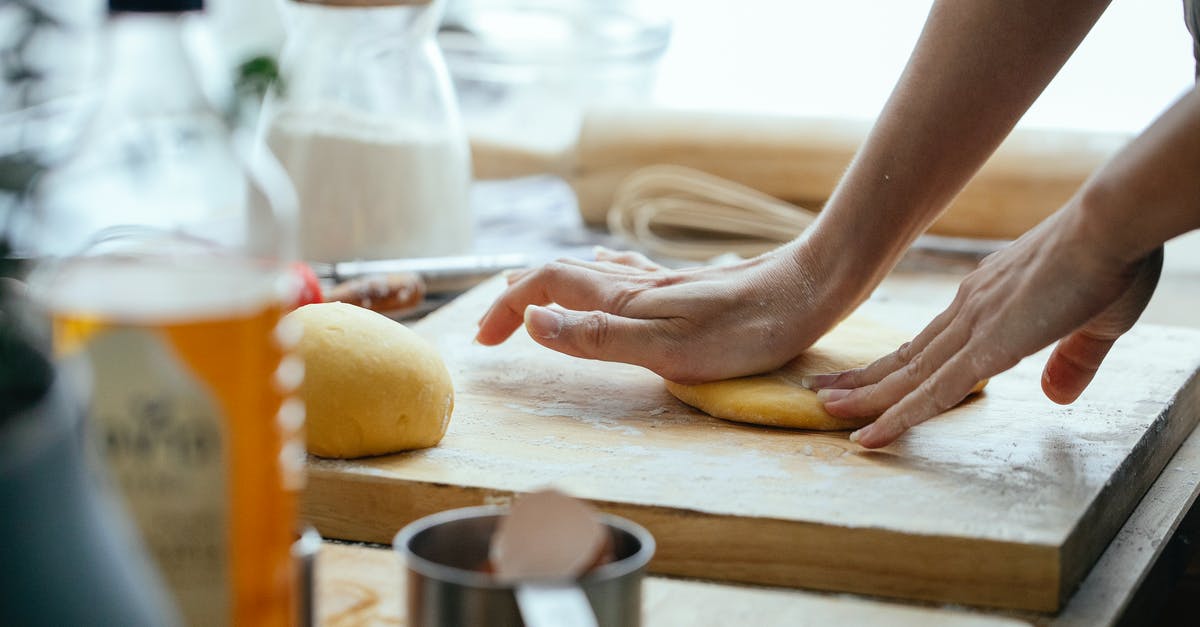Using proofed (?) yeast in a recipe (confused about amounts)

I'm following a recipe that begins with "process 3.25 cups flour and 1/8 tsp instant or rapid-rise yeast in food processor until combined, then slowly add 1.25 cup ice water"
On the instant yeast packaging, it says to mix 2.25 tsp yeast with 1/4 cup warm water and 1 tsp sugar, let stand for 10 min, then follow recipe.
I'm not sure if I'm supposed to
Ignore the packaging directions and stick 1/8 tsp dry instant yeast pellets into the recipe
Use the ratio of water:yeast from the packaging with 1/8 tsp yeast, i.e. mix 0.125/2.25 (tsp yeast) = x/.25 (water) = mix .125 tsp yeast with 1/72 cups of water
2a. If so do I use 1 cup ice water in the recipe, or 1.25cup minus .0138 ice water?
Mix the yeast/water/sugar together, let stand for 10 min, then use 1/8tsp of the resultant mixture for the recipe
Also how to reconcile the warm vs ice cold water directions?
Edit: Full recipe and context as requested
It's from a recipe for lahmajun, Turkish pizza (although the author contends that pizza should be called Italian lahmajun :)). It's Cooks Illustrated, so helpfully the author describes what they want to achieve and some of the science behind it (I highly recommend the magazine!): https://www.cooksillustrated.com/articles/2457-my-best-lahmajun "On a Roll" section I think this explanation (which I reread after getting my answers--thanks guys!) probably makes it clear to most readers to ignore the yeast packaging instructions, but I'd never made dough before and wasn't sure.
Ingredients
- 3.25 cups (16.25 oz) King Arthur All-Purpose flour
- 1/8 tsp instant or rapid-rise yeast
- 1.25 cups (10oz) ice water
- 1 tbsp vegetable oil
- 1.5 tsp table salt
- vegetable oil spray
Directions
- Process flour and yeast in food processor until combined, about 2 seconds. With processor running, slowly add ice water, process until dough is just combined and no dry flour remains, about 10 seconds. Let dough rest for 10 min.
- Add oil and salt and process until dough forms shaggy ball, 30-60 sec. Transfer dough to lightly oiled counter and knead until uniform, 1 min (texture will remain slightly rough). Divide dough into 4 equal pieces, about 6.66 oz each. Shape dough pieces into tight balls and transfer, seam side down, to rimmed backing sheet coated with oil spray. Cover tightly with plastic wrap and refrigerate for at least 16 hours or up to 2 days.
- Make topping (combine lamb, spices, and veggies in food processor)
- One hour before baking lahmajun, remove dough from fridge and let stand at room temperature until slightly puffy and no longer cool to touch. Meanwhile, adjust oven rack to upper-middle position (rack should be 4-5" from broiler element), set baking stone on rack, and heat oven to 500 degrees.
- Place 1 dough ball on unfloured counter and dust top lightly with flour. Using heel of your hand, press dough ball into 5" disk. Using rolling pin, gently roll into 12" round of even thickness. (Use tackiness of dough on counter to aid with rolling; if dough becomes misshapen, periodically peel round from counter, reposition, and continue to roll.) Dust top of round lightly but evenly with flour and, starting at 1 edge, peel dough off counter and flip, floured side down, onto floured baking peel (dough will spring back to about 11" in diameter). Please 1/4 of topping (about 1/2 cup) in center of dough. Cover dough with 12 by 12" sheet of plastic and, using your fingertips and knuckles, gently spread filling evenly across dough, leaving 1/8" border. Starting at 1 edge, peel away plastic, leaving topping in place.
- Carefully slide lahmajun onto stove and bake until bottom crust is browned, edges are lightly browned, and topping is steaming, 4-6min. While lahmajun bakes, begin rolling next dough ball.
- Transfer baked lahmajun to wire rack. Repeat rolling, topping, and baking remaining 3 dough balls.
PS If you've read this far, would you be kind enough to tell me what a baking peel is (step 5)?
Best Answer
The recipe you're using sounds nontraditional (the full recipe may be helpful to describe the "why"), but it is almost certainly looking for you to use 1/8 tsp of instant yeast granules directly into the flour.
The small amount and use of ice water, rather than warm water are not traditional for bread, but also not unheard of. The method for your recipe may include other non traditional details as well--perhaps a longer proof time, or a less fluffy outcome.
(If you edit your question to include the full recipe & method as well as what you're making, it may be easier to answer that part)
Pictures about "Using proofed (?) yeast in a recipe (confused about amounts)"



What happens if you use extra yeast in a recipe?
Too much yeast could cause the dough to go flat by releasing gas before the flour is ready to expand. If you let the dough rise too long, it will start having a yeast or beer smell and taste and ultimately deflate or rise poorly in the oven and have a light crust.Can you use yeast that has been proofed?
If you see the bubbles, then it is safe to assume that your yeast is still alive and kicking\u2014go ahead and make your bread dough. On the other hand, if no bubbles form, then you may have dead yeast, and you should definitely get a new stash before baking for the best results.What is the ratio of yeast to water?
How much yeast is in a packet? A small, foil packet of yeast equals 2 1/4 teaspoons. It normally takes 1/4 cup of warm water to activate that amount and yields approximately 1/2 cup of fully active yeast.Can I use less yeast than a recipe calls for?
A typical sandwich bread recipe often calls for 1 packet (2 1/4 teaspoons) of active dry yeast or a couple of teaspoons of instant yeast. What if you could make that same bread using half the amount of yeast \u2014 or even less? You absolutely can \u2014 but not by following the same procedure you do ordinarily.Yeast Choices - Cutting Through the Confusion
More answers regarding using proofed (?) yeast in a recipe (confused about amounts)
Answer 2
The required amount of yeast depends primarily on two factors: The duration of the leavening time and the temperature during this time. So both of your directions are most likely not wrong, they are just making different assumptions on the leavening conditions. Without knowing your recipe and leavening time/temperature it´s impossible to recommend one of them over the other.
The usage of ice water for yeast dough is something I have heard so far only from professional bakerey settings where they are preparing much larger batch sizes than in home cooking. During the kneading of this large batches a so significant part of the mechanical energy is transformed from friction to thermal energy that it is affecting the temperature and leavening time of the dough. If you are dealing with an amount of dough created from 3 cups of flour it should be pretty safe to just ignore this.
Since it is typically not possible to create a laboratory like environment in a kitchen with always the exact same temperature and there also other factors affecting the yeast growth like the salt content of the dough it is also not advisable in general to stick to each single letter of your recipe but to check the properties of your dough during its preparation. When it has roughly doubled in size during the leavening it should be ready for the next step (bake it or store it in the fridge for later usage). Experience will come with time.
As a last point I would like to recommend to drop the measuring by volume and always measure by weight instead, as it is much more precise and allows reproducable results more reliably.
Sources: Stack Exchange - This article follows the attribution requirements of Stack Exchange and is licensed under CC BY-SA 3.0.
Images: Julia Filirovska, EKATERINA BOLOVTSOVA, Katerina Holmes, Katerina Holmes
